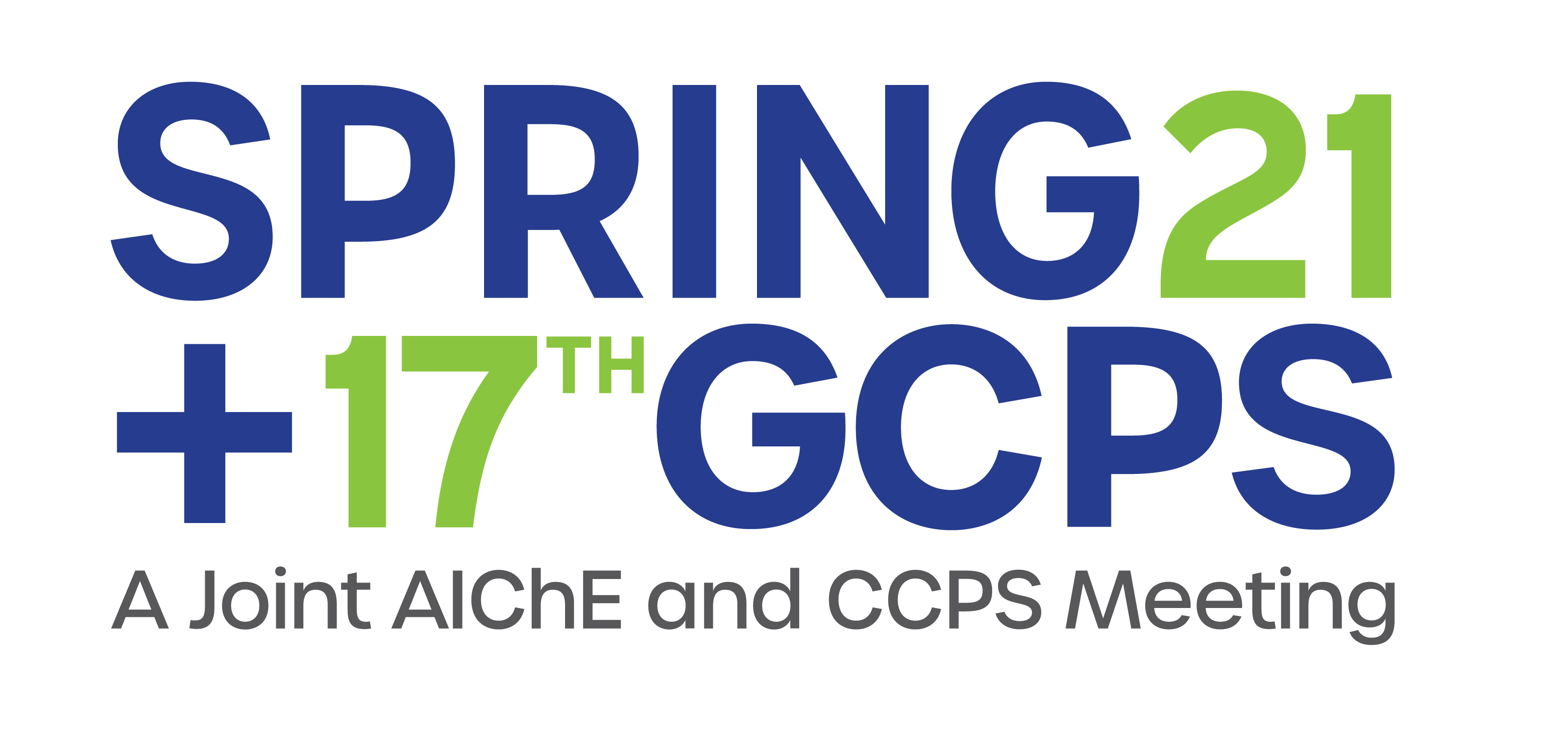

Even though this transformation is happening rapidly, it is vital not to overlook the fact that manufacturing still needs people (my, hasn’t COVID proven this?). While IIoT enables faster and better reactions to operating conditions, even better trained staff are needed to understand and control these systems and to adapt them to changes more rapidly. Thus a “people-focused†IIoT enables industrial enterprises to harness true workforce know-how to maximize plant operations by increasing production efficiency which, most importantly, ensures employee safety.
Plant Process Management (PPM) systems help manage, monitor and optimize plants in addition to work activities, operations and production assets. They give a real-time view of work progress and track status of any incidents or outliers to routine operations. Current employees working in shift manufacturing need to be made aware of any issues that may have occurred in the previous shift, which isn’t always easy. Poor communication can directly impact safety, quality and productivity.
PPM delivers on the requirements for all plant operations, regardless of the use of automation, IoT instrumentation, machine learning (ML) or predictive maintenance. Knowledge can be gained from any human contact point in a process. Consistent capture of team-to-team communication is critical, especially with changing work patterns due to working remotely or social distancing. For example, COVID-19 has put a strain on conducting safe operations but fortunately PPM is one solution that can safeguard manufacturers and further optimize their operations.
For most manufacturers, IT and OT represent sets of separate and distinct information silos, hindering the progress of IoT. PPM solutions help bridge this gap by allowing teams to seamlessly interact with OT data and IT applications, for example.
In a survey conducted by 451 Research, part of S&P Global Market Intelligence, more than 50% of OT respondents surveyed confided that they seldom work together with their IT team. Of those surveyed, only about 20% of IT leaders collaborate with OT. IT teams believe the key problem lies in the inability to share captured data where OT teams feel reconciling shift data with machine logs poses the biggest challenge. However, both IT/OT participants surveyed agreed the following points are a top priority:
- Capturing and sharing best practices for employee safety
- Implementing real-time incident tracking to conduct corrective action
- More cohesive collaboration and communication among IT/OT teams
- Automated interactive production loss accounting
According to research findings, a focus on worker safety is an important driver for changing the status quo. Without repeatable procedures in place where human communication occurs, a disconnect can occur where bad incidents could happen. As equipment and resources are run and maintained by a human workforce, the correct tooling and equipment, including those enabling clear communication and collaboration around details are essential.
It is possible to digitally transform operations with PPM, without a full IIoT roll-out. Consider quick wins such as digitizing shift handovers, safety and compliance tracking, and corrective maintenance planning. Or what about replacing whiteboards, ad hoc conversations and checklist sheets with an electronic system that anyone can access, anywhere? Once digitized with PPM, these common elements of everyday shift work can easily take advantage of future IIoT capabilities and become powerful assets in themselves to the production operation.
However, if the workforce is not taken into account in your digital transformation, potential benefits can be lost. In addition, as older workers retire and are not replaced as quickly as they leave, vital knowledge from their years of experience can disappear without a digital PPM-based knowledge base. Furthermore, the COVID-19 pandemic, as well as the potential for future crises (whether global or local), highlights the necessity for digital tools that help teams communicate, coordinate, and co-operate – wherever they happen to be.
Consider PPM as the next step in your path to digital transformation.
